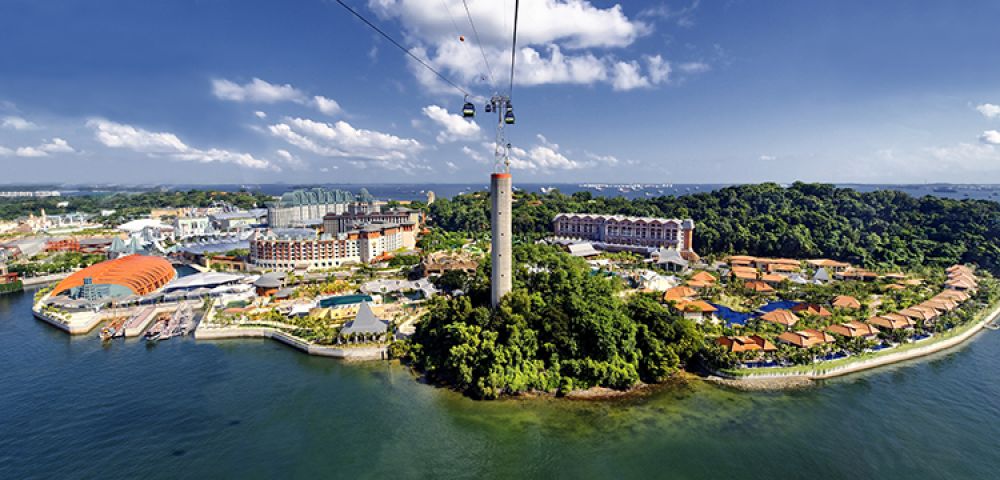

In the early 1970s, the Singaporean government recognized the potential of Sentosa Island as a destination for leisure and tourism. Formerly known as Pulau Blakang Mati, meaning "Island of Death Behind," the island underwent a significant rebranding. The transformation involved not only a change of name to Sentum, which eventually evolved into Sentosa, meaning "peace and tranquility" in Malay, but also a substantial redevelopment to attract tourists and provide a recreational area for locals.
Development progressed swiftly, and Sentosa opened its doors to the public in 1974. Initially, the island's offerings included a modest collection of attractions such as Fort Siloso, a historical fort that played a role in Singapore's defense during World War II, the Cable Car system, and the iconic Merlion statue, which quickly became a symbol of Sentosa. These early attractions laid the groundwork for Sentosa's reputation as a tourist hotspot.
Throughout the 1980s and 1990s, Sentosa saw significant investment and growth. The introduction of a monorail system, musical fountains, and themed gardens enhanced the visitor experience. The 1990s brought even more ambitious projects, such as the construction of Underwater World, an oceanarium that allowed visitors to observe marine life up close, and the opening of Siloso Beach, which catered to beach-goers and party enthusiasts.
The turn of the millennium was a turning point for Sentosa, as it focused on becoming a world-class destination. Resorts World Sentosa, which opened in 2010, is a major milestone in Sentosa's history. This integrated resort boasts Universal Studios Singapore, the first of its kind in Southeast Asia, attracting millions of visitors annually. Other notable developments include the luxury hotel Capella Singapore and the W Singapore - Sentosa Cove.
Today, Sentosa continues to reinvent itself with fresh and innovative experiences. The latest trends lean towards immersive and personalized experiences. Visitors can indulge in the AJ Hackett Sentosa, which offers Singapore's first bungee jumping site, and the iFly Singapore, one of the world's largest indoor skydiving wind tunnels. Moreover, nature conservation is also a priority, with the island being home to protected habitats and wildlife, enhancing the ecotourism appeal.
Sentosa's tourism scene is set to experience further evolution as plans for redevelopment and modernization take shape. The Sentosa-Brani Master Plan envisions the island and its neighboring Pulau Brani transforming into a leading leisure and tourism destination by 2030. This visionary project aims to offer fresh attractions, eco-friendly resorts, and thematic zones, ensuring that Sentosa remains a key pillar in Singapore's tourism offerings.
From its origins to its present status, Sentosa Island has continually adapted to the changing times, asserting its position as one of Singapore's most dynamic and beloved tourist destinations. Its rich history and ability to innovate promise an even brighter future for tourism on the island.